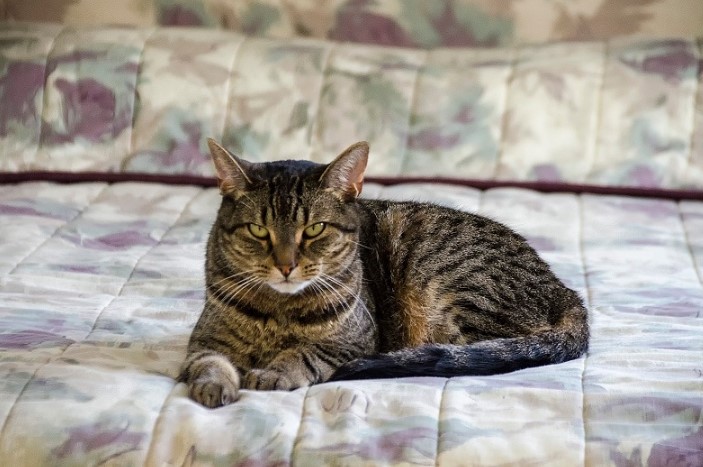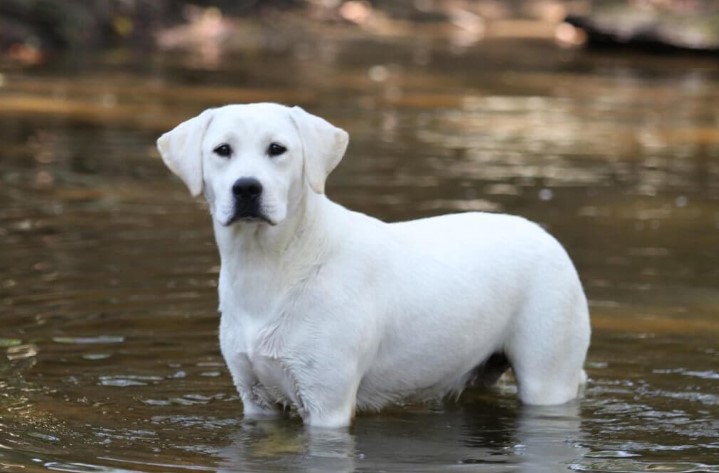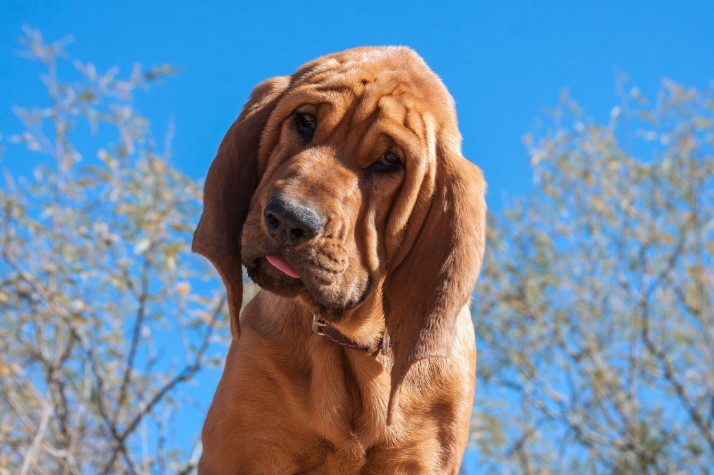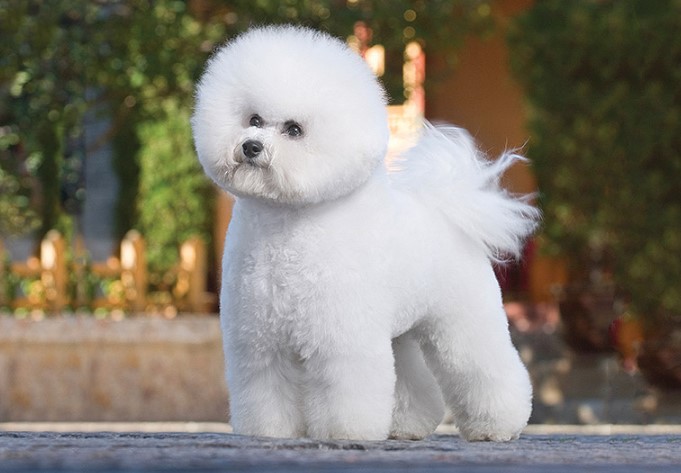
The Pixiebob Cat Breed: A Comprehensive Guide
Introduction
Have you ever heard of a Pixiebob cat? If not, you’re in for a treat! This unique and fascinating breed has captured the hearts of many cat lovers around the world. But what exactly is a Pixiebob cat, and why is it so special? Let’s dive into the world of Pixiebobs and discover what makes them stand out.
Origins and History
The Legend of the Pixiebob’s Origin
The Pixiebob’s origin story is as enchanting as the breed itself. According to legend, the Pixiebob is the result of natural breeding between domestic cats and wild bobcats. This myth adds a touch of wild mystique to the breed, although genetic testing has debunked the idea of bobcat ancestry.
Official Recognition and Breed Development
The Pixiebob breed was officially developed in the 1980s by Carol Ann Brewer in Washington State. Brewer’s goal was to create a cat that resembled the wild bobcat but with a domestic cat’s gentle temperament. The breed gained recognition by The International Cat Association (TICA) in 1994, solidifying its place in the world of unique cat breeds.
Physical Characteristics
Size and Build
Pixiebob cats are known for their sturdy, muscular build. They are medium to large cats, with males typically weighing between 12 to 17 pounds and females between 8 to 12 pounds. Their robust frame gives them a wild, rugged appearance.
Coat and Colors
The Pixiebob’s coat can vary from short to long, but it is always dense and resilient. Their fur usually features a combination of browns, blacks, and grays, resembling the patterns found in wild bobcats. This unique coat helps them blend into their surroundings, adding to their wild charm.
Distinctive Features
One of the most distinctive features of the Pixiebob is their tail. Often shorter than that of other domestic cats, it can be kinked or straight, adding to their unique look. They also have tufted ears and a thick, fleshy pad on the bottom of their paws, enhancing their wildcat resemblance.
Personality and Temperament
General Behavior
Pixiebobs are known for their dog-like personalities. They are highly intelligent, loyal, and can even be trained to walk on a leash. Their playful and curious nature makes them a joy to have around the house.
Interaction with Humans
Pixiebobs form strong bonds with their human companions. They are affectionate and love to be involved in family activities. Don’t be surprised if your Pixiebob follows you from room to room or greets you at the door after a long day.
Interaction with Other Pets
Pixiebobs generally get along well with other pets, including dogs and other cats. Their friendly and sociable nature makes them great companions in multi-pet households.
Living with a Pixiebob
Ideal Home Environment
Pixiebobs adapt well to various living environments, whether it’s a bustling family home or a quiet apartment. They do, however, appreciate having plenty of space to explore and play.
Exercise Needs
While not as hyperactive as some breeds, Pixiebobs do enjoy their playtime. Interactive toys, climbing trees, and regular play sessions will help keep them entertained and healthy.
Grooming Requirements
Pixiebobs are relatively low-maintenance when it comes to grooming. Weekly brushing is usually sufficient to keep their coat in good condition. Long-haired Pixiebobs may require more frequent brushing to prevent matting.
Health and Lifespan
Common Health Issues
Pixiebobs are generally healthy cats with few breed-specific issues. However, like all cats, they can be prone to common feline ailments such as dental disease, obesity, and heart conditions.
Lifespan Expectations
With proper care, Pixiebobs can live long, healthy lives, typically ranging from 13 to 15 years. Regular veterinary check-ups and a healthy lifestyle are key to ensuring your Pixiebob reaches its full lifespan potential.
Tips for Maintaining Health
Maintaining a Pixiebob’s health involves regular vet visits, a balanced diet, and ample exercise. Keep an eye on their dental health and weight, and ensure they stay up-to-date on vaccinations and preventive care.
Feeding and Nutrition
Dietary Needs
Pixiebobs thrive on a high-protein diet. Whether you choose commercial cat food or a homemade diet, ensure it meets their nutritional needs and is appropriate for their age and activity level.
Recommended Foods
High-quality commercial cat foods that list meat as the first ingredient are ideal for Pixiebobs. Wet food can help with hydration, while dry food can aid in dental health. Some Pixiebob owners also opt for raw or homemade diets, but it’s important to consult a vet before making such changes.
Feeding Schedule
Establishing a consistent feeding schedule is important for maintaining your Pixiebob’s health. Most cats do well with two meals per day, but kittens may require more frequent feeding.
Training and Socialization
Basic Training Tips
Pixiebobs are highly trainable due to their intelligence and curiosity. Start training with basic commands and gradually introduce more complex tasks. Positive reinforcement, such as treats and praise, works best.
Socializing with People and Other Animals
Early socialization is key to a well-adjusted Pixiebob. Expose them to various people, environments, and other pets to build their confidence and ensure they grow into well-rounded adults.
Litter Training
Pixiebobs are typically easy to litter train. Start by placing them in the litter box after meals and play sessions, and use positive reinforcement to encourage good habits.
Breeding and Genetics
Breeding Practices
Responsible breeding practices are crucial for maintaining the health and integrity of the Pixiebob breed. Reputable breeders ensure their cats are free from genetic disorders and are bred for health and temperament.
Genetic Considerations
While Pixiebobs are generally healthy, potential breeders should be aware of genetic conditions such as hip dysplasia and ensure their breeding cats are tested for such issues.
Finding Reputable Breeders
When looking for a Pixiebob breeder, do your research. Look for breeders who are registered with cat breeding organizations, have good reputations, and prioritize the health and well-being of their cats.
Adoption and Buying Tips
Adoption vs. Buying
Adopting a Pixiebob from a rescue or shelter can be a rewarding experience and provides a home to a cat in need. If you choose to buy, ensure you’re purchasing from a reputable breeder to avoid supporting unethical breeding practices.
What to Look for in a Breeder
A good breeder will provide health clearances, allow you to meet the kitten’s parents, and offer support and guidance. Avoid breeders who have multiple litters available at once or who refuse to answer your questions.
Preparing for a New Pixiebob
Prepare your home for a new Pixiebob by setting up a safe, comfortable space. Stock up on essentials like food, litter, toys, and a cozy bed. Introduce them to their new environment gradually to help them adjust.
Pixiebob in Popular Culture
Appearances in Media
Pixiebobs have made appearances in various forms of media, from TV shows to social media platforms. Their striking appearance and unique personality make them popular subjects for cat enthusiasts.
Famous Pixiebob Cats
While not as widely recognized as some other breeds, there are a few famous Pixiebobs who have gained attention online and at cat shows. Their distinctive looks and charming personalities make them stand out.
Pixiebob Myths and Facts
Common Misconceptions
One common misconception is that Pixiebobs are part wild bobcat. While they may resemble bobcats, they are 100% domestic cats. Another myth is that they require extensive grooming, but they are relatively low-maintenance compared to other breeds.
Fun Facts about the Breed
Did you know that Pixiebobs can be polydactyl, meaning they have extra toes? This unique trait adds to their quirky charm. Additionally, Pixiebobs are known for their chirping vocalizations, which they use to communicate with their owners.
Comparing Pixiebob to Other Breeds
Pixiebob vs. Maine Coon
Both the Pixiebob and Maine Coon are large, friendly cats with dog-like personalities. However, Pixiebobs have a more rugged, wild appearance, while Maine Coons are known for their luxurious, flowing coats.
Pixiebob vs. Bobtail Breeds
Pixiebobs are often compared to other bobtail breeds like the American Bobtail and Japanese Bobtail. While they share the characteristic short tail, Pixiebobs have a distinct look and personality that sets them apart.
FAQs about Pixiebob Cats
Common Questions and Answers
- Are Pixiebobs hypoallergenic? No, Pixiebobs are not hypoallergenic. They produce the same allergens as other cats.
- Do Pixiebobs require a lot of grooming? Pixiebobs are relatively low-maintenance and typically only require weekly brushing.
- Can Pixiebobs be left alone for long periods? While Pixiebobs are independent, they thrive on companionship and may become lonely if left alone for extended periods.
- Are Pixiebobs good with children? Yes, Pixiebobs are generally good with children due to their gentle and playful nature.
- How much do Pixiebob kittens cost? Prices can vary, but Pixiebob kittens from reputable breeders typically cost between $500 to $1,500.
Conclusion
In summary, the Pixiebob is a unique and charming breed that brings a touch of the wild into your home while remaining a loving and loyal companion. Whether you’re drawn to their distinctive appearance, their dog-like personalities, or their fascinating history, Pixiebobs make wonderful pets for those willing to give them the love and care they deserve.
You May Also Like

Animal Training: Unlocking the Secrets of Effective Training Methods
August 9, 2023
English Labradors: The Gentle Giants with Hearts of Gold
June 26, 2024
